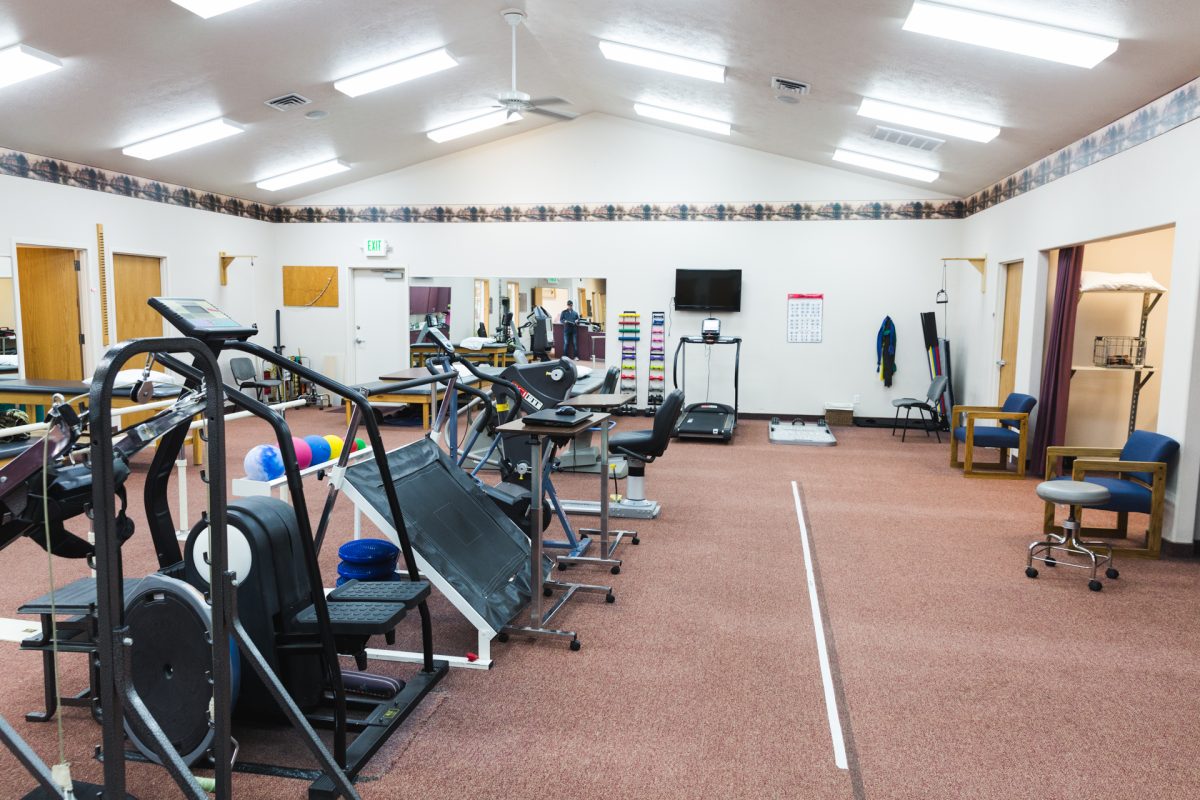For many illnesses and injuries, surgery is often a necessary solution and, depending on the severity of the illness or injury in question, is almost always nerve-wracking. But physical therapy can actually help the recovery and healing process after a major surgery! This is known as postoperative, or post-surgery, recovery or rehabilitation. There are typically three stages in postoperative rehabilitation.
- Immediately following surgery, the first stage is when the body is ultimately immobilized as the body goes through a basic healing process. Here, swelling will go down and the initial pain of surgery will subside.
- Here the work begins! The patient’s physical therapist will work with him or her to design a plan involving progressive exercises that will begin to strengthen the body, restoring the patient’s range of motion and overall stability.
- With time, the patient will be able to return to their normal, pre-surgery level of physical activity, whatever that may have been for them. This is the ultimate goal of postoperative rehabilitation, and physical therapy as a whole.
There are several benefits to going through postoperative rehabilitation with a physical therapist, including:
Proper Healing & Faster Recovery Time
After a surgery, having a personalized physical therapy plan can help ensure that your body heals properly. Examples of this include minimizing scar tissue, reestablishing joint motion and function, and retraining muscles.
Another benefit is a faster recovery time. For example, a total joint replacement can take a huge toll on the body. But it’s been proven that if one begins physical therapy following such a major surgery – even as early as waking up from the anesthesia! – the patient tends to have both shorter hospital stays and faster recoveries overall.
Regain Mobility
Knee and hip surgeries especially require physical therapy to help regain mobility for anything from normal, everyday walking to something more physically challenging, such as running a marathon.
Patient Participation
Research has shown that patients who actively participate in their own recovery process typically have better results and recovery experiences than those who don’t. Spending time with a physical therapist can help the patient know which methods for recovery will work best for them and also how to maintain that level of health after, if not increase their overall health afterwards.
These are some of the major benefits of physical therapy after a major surgery. Other benefits include:
- Helps with circulation after surgery, preventing blood clots.
- Posture, balance, and coordination improvement and training.
- Gait analysis and training.
- Self-care training.
- Manual therapy techniques.
- Home exercise instruction.
- Pain control and management.
- Improves flexibility.
- Reduced risk for postoperative pulmonary complications (PCCs).
Some doctors may even prescribe a few sessions of physical therapy prior to the operation, depending on what it is, to help strengthen your body ahead of time and find out more about what the recovery process may end up looking like for you. For example, it’s been found that back surgery patients who have undergone physical therapy have actually had a quicker recovery time than those who hadn’t gone through postoperative rehabilitation.
It’s important to remember and keep in mind, however, that a surgery may last a few hours, but appropriate rehabilitation and recovery time will look different for different people and procedures, possibly taking anywhere from a few weeks to a year to complete. This is why it’s important to speak with your doctor and physical therapist before the actual surgery so you know what you can expect in terms of recovery time. Knowing what to expect can help you mentally and physically prepare for what’s ahead. While the time frame is something to keep in mind, postoperative rehabilitation is always worth the time it takes in order to maintain and improve a person’s overall health, both now and in the future.

